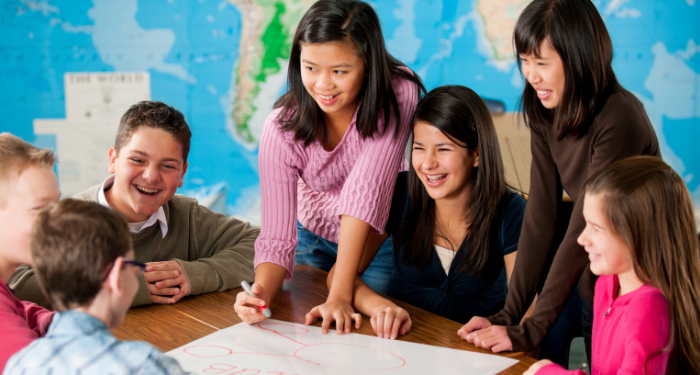
This content contains affiliate links. When you buy through these links, we may earn an affiliate commission.
In my experience as an educator, I’ve found that there are many students who already love to read and others who don’t show any interest. This could be for a variety reasons. Some don’t have the skills to read books appropriate to their grade level. Others haven’t been given the chance to explore new books and try new genres. With those reasons aside, many students don’t engage in reading because they haven’t learned how fun it can be. These fun reading activities for middle school students can help.
It may sound simple, but it often just takes one book to transform a child’s indifference into love. That’s how it started for me. When I was younger, I did my summer reading challenges, but I was frequently bored with the books I selected. I wanted to like them more, heck, I wanted to pick better books, but I wasn’t finding much in the sections marked for children. I remember pushing through books just to get the little prizes offered by my local library. For the record, those free chocolate Frosties at Wendy’s were totally worth it. My feelings about reading changed in 7th grade when I read some books that challenged me, but also inspired me. These books weren’t my favorite by any means, but they made me hunger for more. They made me want to find more books where I could discover hidden truths.
Sometimes it takes one book..and a little help. My mentors and teachers were essential in this reading journey. As educators, parents, librarians, we can’t always find that one book that will ignite that excitement, BUT we can create interest in the whole reading experience.
How does one do that? By taking advantage of the learning environment. Consider what we can we utilize in this setting, including other students in class, group activities, opportunities to use creativity, educational resources, and the teacher’s knowledge.
When reading a book with students, it’s important to employ multiple activities that can engage different kinds of students and readers. That means incorporating multisensory activities and group work. It also involves making adjustments to the content based on the books you’re reading and the student you’re teaching.
The Kids Are All Right Newsletter
Sign up to The Kids Are All Right to receive news and recommendations from the world of kid lit and middle grade books.
Thank you for signing up! Keep an eye on your inbox.
By signing up you agree to our terms of use
For the sake of this article, I’m focusing on activities for middle school, but some of these can be modified for older and younger students.
Fun Reading Activities for Middle School Students
1. Map It!
Challenge middle schoolers to draw a map of the assigned book. This could be a map of the world or of a bedroom, restaurant, or other location. Students could do this individually or in small groups. Better yet, assign places or parts of a world to different groups and come together as a class at the end with all your parts.
This will help students imagine the plot and engage their creativity! It can also spur on a discussion of the importance of the setting to the plot, themes, character development, etc. This is a good activity to prepare students for more complex discussions!
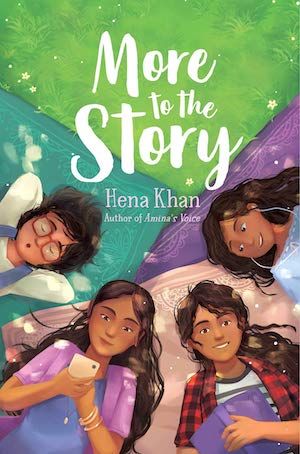
2. Write a Letter To the Main Character
Pick a critical point in the story for your students and have them write a letter to the main character. This helps students practice summarizing and expressing their thoughts on certain characters. It also provides some insight into each student’s ideas about the book. What plot points do they consider important? What do they want the main character to know right now? What would your students write to Jameela in More to the Story, a writer whose sister is gravely ill? What would they tell her to do?
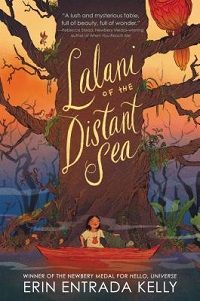
3. Utilize the Five Senses
Create experiences that engage the five senses. For taste, see if you can bring a significant treat from the book for your students to try. I’m sure I’m not the only one who NEEDED to try Turkish delight from The Lion, the Witch, and the Wardrobe. What about touch? Bring fabrics or other garments that characters would wear from King Arthur and His Knights of the Round Table for your students to touch. Bonus points if you can find something that’s close to armor! There’s a lot of options for sight. You can find videos or pictures that help students visualize a place, character, season, etc.
For hearing, try playing certain sounds while reading aloud. Pretend there’s a storm in your classroom by letting students listen to thunder and other storm sounds. This would be perfect for books with characters embarking on dangerous journeys. Listen to the sound of crashing waves and stormy seas as you imagine a brave girl leaving her home in Lalani of the Distant Sea. You could also play music that gets students in the mood to read based on the genre. To this day, I often listen to intense movie or video game soundtracks when reading fun adventures of pirates or time travelers. For books like Holes, it’d be interesting to have students listen to the sound of digging to help them imagine the circumstances that many of the characters are in. Lastly, utilizing smell can be an exceptional tool when significant to the book. Mimicking the smells from a forest or field can help transport a reader to the world written on pages.

4. Imagine a Different Ending
This could be done as a class, in groups, or individually. After finishing a book, it’s worth discussing alternative endings. Prompt readers with a question. Do you agree with the ending? Why or why not? How would you change it? This would be especially helpful for books that leave some readers dissatisfied, disinterested, or confused. For example, consider the ending of Tuck Everlasting. Ask your readers what they think about Winnie’s choice. If they could change the ending, would they and how? They could write their response, discuss it with a partner, or participate in a class discussion.
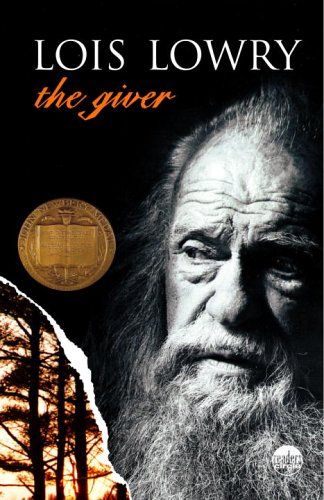
5. Assemble the Sequence of Events
This is a helpful activity to do at the midpoint of the book or end, depending on the length and amount of events that occur. Have readers get into groups to put major plot points in order. Depending on the level of the book and the reader’s skill level, you could provide the plot points or ask the students to compile a list themselves. Ask them to write down the five most important events in this book. Watch as they justify which events are more important than others! This is a great way to gauge overall understanding and allow readers to practice summarizing.
This activity would be more or less fruitful for engagement depending on the book. Consider the sequence of events in books like Clean Getaway and The Giver. What events take place early on in Scoob’s road trip with his grandma? What information does Jonas learn first from the giver and which are the most significant? What do both characters learn about others and the world during this time? It can just include the main points or several details like the one below.
6. Create a Monologue From a Side Character’s POV
Provide a set of options for characters and plot events. Put the options in separate hats and have students choose one of each. In this way, students will choose a character and something that the character is concerned about or involved in. You don’t have to create too many options because several students can have the same characters and plot events while generating different monologues. This would be enjoyable in groups or individually. Make sure to make time for students to present their finished work to the class. Additionally, they’d need a demonstration to get those pencils moving. Time to brush up on your acting skills. To really get them thinking, consider a warm up activity where they imagine and draw what the character would see via a keyhole in that scene.
7. Interview a Hero or Villain
Have your readers write a list of questions they’d ask some of the main characters in the current book you’re reading. They could be silly or serious. Ideally, both. Then, students can go around sharing their questions with their peers. If you want to take this a step further, assemble a small group of students who could try to answer the questions as that character. They could use the book and their own reasoning to provide some textual evidence for their answers.
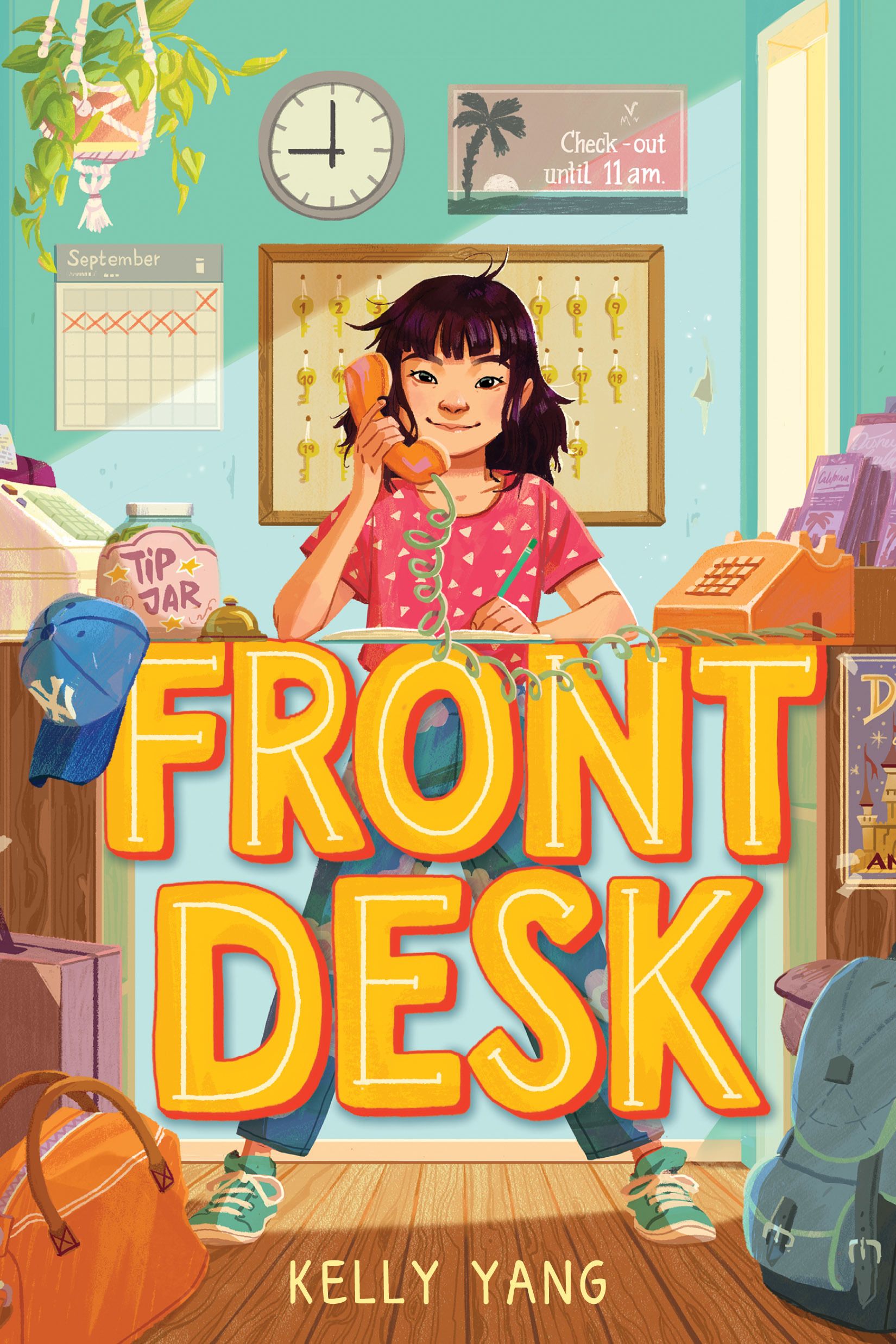
8. Plan a Celebration
Okay, I know that any sort of celebration can take a lot of planning and work, but hear me out. Imagine a day at the end of a quarter, where students show what they’ve learned in an exciting environment. At the beginning of a unit, you can present this as a final project that students display on a special celebration day. Readers get the option to perform a specific scene, make a diorama of a setting, or further develop the backstory of a particular character. Since the event will happen at the end of a unit, they can choose from an assortment of books read during that time. Require a sign up for each option so you know what the celebration will look like. You can even have students vote on their favorite performance, diorama, etc. I’d definitely be interested in dioramas of the Calivista Hotel in Front Desk. I wonder what details students would put in their little motel. The goal for this final event is to help them engage with the current material. As you read each book, encourage the students to think about what they’d like to do and why. It gives them another reason to participate!
Don’t have a class full of students? Plan to throw a little party after reading a book or two. Let your reader decide what to work on (acting out a scene, diorama, character backstory). In both cases, it is a celebration so food should be involved. Choose a few notable treats from your books and include some book appropriate music!
